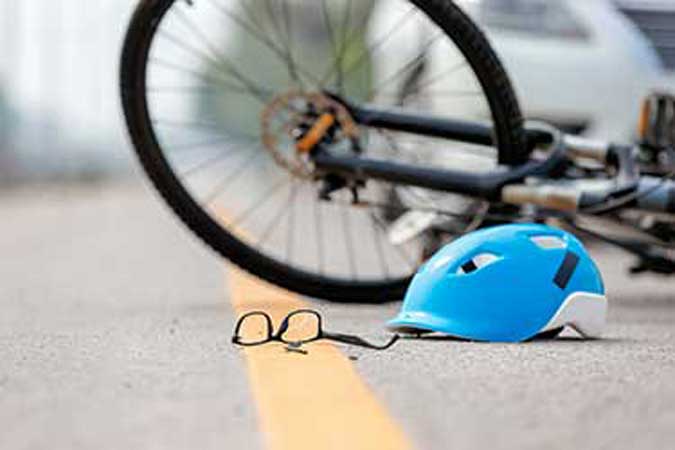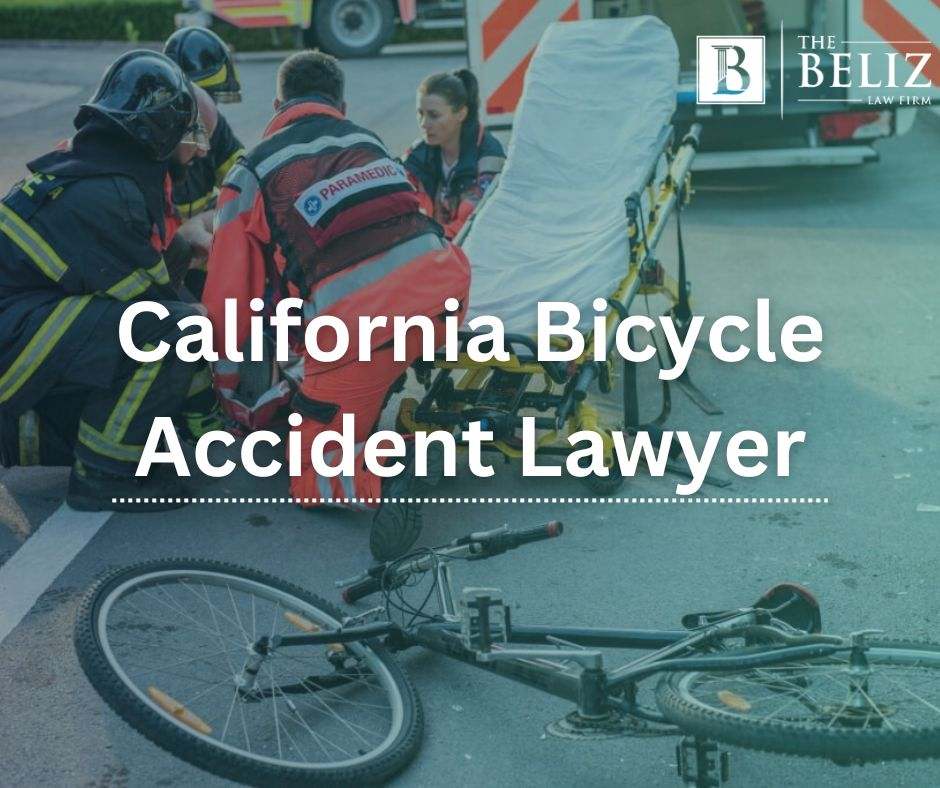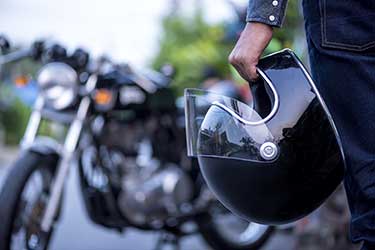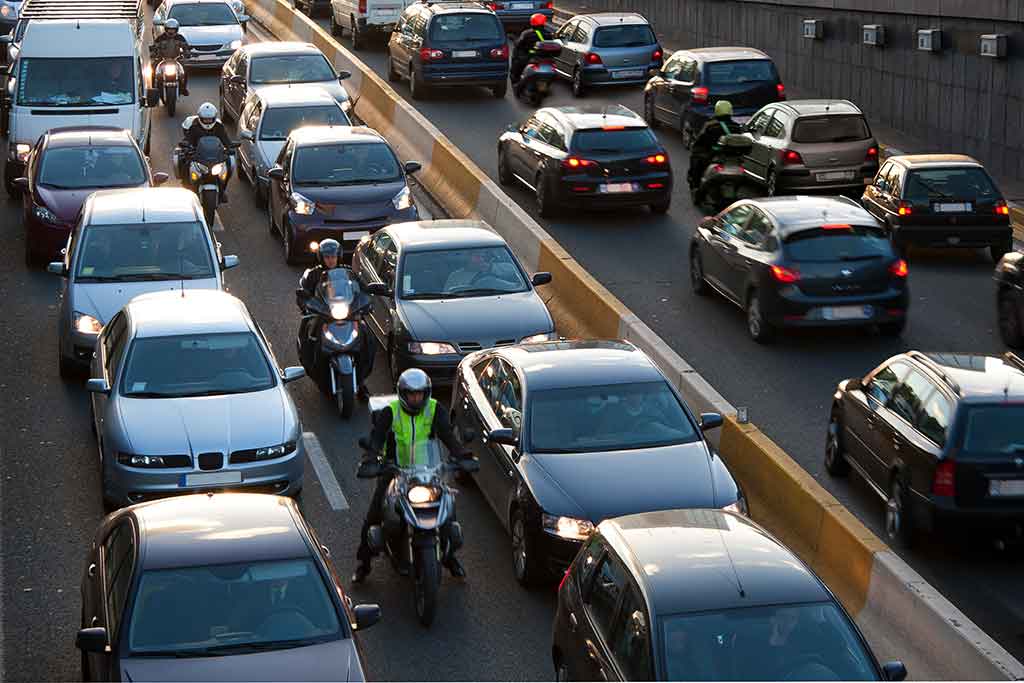 Bike Accidents
Bike Accidents
California Bicycle Laws Every Cyclist Should Know
Mar 10, 2025 | Read Time: 4 minutesThe sun is shining, and the cool breeze hits your face as you pedal through the streets of California. But amidst the joy of cycling, an unexpected incident can leave you questioning your rights and responsibilities as a cyclist. Understanding California bicycle laws helps you stay safe and empowers you to protect your rights if an accident occurs. The Basics of Bicycle Laws in California California’s bicycle laws ensure the safety of cyclists, pedestrians, and motorists alike. The following is what you need to know about your legal responsibilities and protections as a cyclist in the state: California imposes significant responsibilities on bicyclists. These responsibilities are designed to protect all riders and reduce the likelihood of a devastating accident. Violating these protections can result in fines, penalties, and legal liability. What Are the Bicycle Laws in California Regarding Accidents? In the event of a bicycle accident, California law requires the involved parties to: If you’ve been in an accident, documenting the scene and gathering witness statements can be invaluable for building a potential legal claim. Bicycle Safety Laws to Protect Cyclists California has implemented several measures to reduce accidents and injuries. These measures focus on allowing bicycles to share the road with motor vehicles safely. Some of the more common safety laws include: Following these laws can help cyclists and the motorists they share the road with to reduce the risk of an accident causing serious injuries. Steps Cyclists Can Take to Stay Safe and Protect Their Rights While accidents can happen, you can reduce risks and strengthen your legal position by: Staying proactive and well-informed is essential to prioritizing your safety and safeguarding your rights in case of an accident. How The Beliz Law Firm Can Help Cyclists in California Understanding California law may seem overwhelming if you’ve suffered a bicycle accident. Our firm brings years of experience and a client-first approach to ensure you get the support you deserve. Clients choose us for the following reasons: Our firm has successfully recovered millions of dollars in compensation for our clients. With us, you’re not just a cyclist but a fighter for justice. Don’t Let a Cycling Accident Halt Your Ride Every cyclist deserves to ride confidently, knowing the law has their back. The Beliz Law Firm ensures your voice is heard and your rights are protected. If you’ve been injured in a bicycle accident, don’t let uncertainty keep you from seeking justice. Michael A. Beliz, a trusted advocate with years of experience, can guide you through the legal maze with compassion and determination. Contact us today for a free consultation to begin your journey toward justice. Frequently Asked Questions Can I Ride My Bike on Sidewalks in California? California law allows local jurisdictions to determine sidewalk cycling rules. In many cities, business districts prohibit or restrict cycling on sidewalks. Check your local ordinances to stay compliant. Are Electric Bikes Subject to the Same Laws as Regular Bicycles? Electric bikes (e-bikes) in California are generally subject to the same regulations as traditional bicycles. However, certain classifications of e-bikes may have additional requirements, such as speed limits and licensing restrictions. What Should I Do If I’m Involved in a Hit-And-Run While Cycling? If you’re the victim of a hit-and-run, report the incident to the police immediately and seek medical attention. Gathering evidence, such as license plate numbers and vehicle descriptions, can help authorities and your attorney.
Continue Reading

